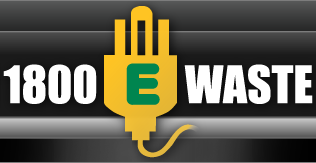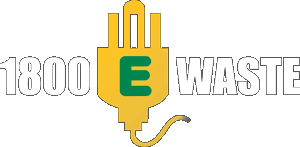With the current worldwide focus on environmentally friendly alternatives and the ever evolving technology market, it was only a matter of time before focus was squarely placed on ewaste.
E-waste is old technology that clutters our home and tips, either because it is in disrepair, obsolete, or replaced by a newer model.
It’s safe to assume that most do not understand the effects of ewaste (and thus do not explore environmentally friendly disposal avenues) until they understand the statistics, both on a local and global scale.
Focusing firstly on computers, as they are often the most upgraded electronic equipment, lets analyse statistics from the United States and Australia.
Within Australia, 500,000 computers were recycled in the year 2006.
Compare this to the 1.6 million simply thrown away, 1.8 million in storage and 5.3 million simply sitting unused on shelves and gathering dust.
Add to this the estimated 2.4 million new computers Australians are estimated to buy each year.
Within the United States in 2005, 30% of consumers replaced their computers.
Of those 30% half did so as they wanted to upgrade to newer technology and the other half because they felt their computer was too slow. 20% of consumers simply threw their old computers in the bin when replaced. 240 million computers are estimated to be disposed of in the United States each year, only 10% of which are recycled.
Considering electronics in general, Australian homes each contain an average of 22, including appliances, video game consoles, telephones and computers. Mobile phones are another electronic which are frequently released and upgraded thanks to cheap options flooding the market. In the United States in 2007, 140.3 million mobile phones were discarded, with only 14 million of those being recycled through appropriate avenues. 20% of consumers own a mobile phone which simply isn’t even in use.
Nevertheless, perhaps the most significant electronic product currently and in the near future being discarded as ewaste will be televisions, with the onset of digital signals and removal of the analogue signal.
In February 2009 the American digital television signal permanently replaced the analogue.
This means that while many would have simply purchased digital set top boxes for their existing televisions, those who can afford it most likely replaced their old television with a new one.
Consider the fact that in 2007, 26.9 million TV’s were thrown away (only 6.3 million recycled) and begin to imagine what the 2008/2009 statistics will reveal!
Furthermore, Australia has already begun advertisements outlining the 2010-2011 deadlines for our own signal to turn permanently digital, ensuring that starting even now and continuing for the next few years, the rate of analogue TV sets becoming obsolete and turning into e-waste will jump significantly.
It is important to note that electronic waste now encompasses the largest portion of waste disposed not just in Australia but worldwide.
Bearing these facts and statistics in mind, it is important to focus on the correct disposal of ewaste in order to create the least impact on the environment.
How to book in your recycling for collection
If you’re interested in having your ewaste recycled please give us a call today on
1800Ewaste, 1800 392 783.

